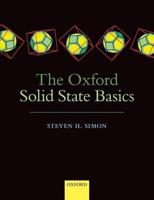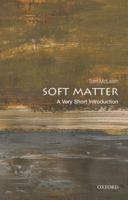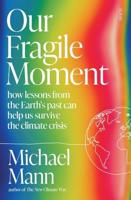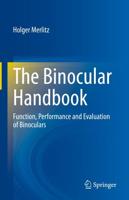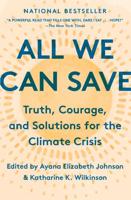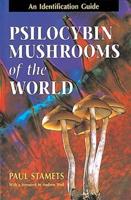Publisher's Synopsis
ties and applications of metals, alloys, ceramics, plastics, and electronic materials by means of easily understandable expla- tions and entertaining historical facts. It is also intended to raise the readers' awareness of their obligations to society as pract- ing engineers and scientists. What has been changed compared to the first edition? Na- rally, there is always room for improvement. Accordingly, a large number of additions, corrections, and clarifications have been made on almost each page. Furthermore, the treatment of "hi- tech ceramics" has been substantially expanded (mostly at the suggestions of my colleagues) by including topics such as silicon nitride ceramics, transformation-toughened zirconia, alumina, ultra-hard ceramics, and bioceramics. A separate section on c- posite materials has been added, including fiber-reinforced composites, particular composites, and laminar composites. A section on advanced fabrics seemed to be of interest to the re- ers. Most of all, however, Chapter 18 (Economic and Envir- mental Considerations) has been rewritten and expanded in many places by updating the statistical information on prices of materials, production figures, world reserves, consumption (p- ticularly oil), recycling (particularly plastics, paper, household batteries, electronic scrap, automobiles), the possible use of "b- diesel" (rape plant oil), waste prevention, lead-free solder, energy savings through recycling, efficient design, and stability of - terials. The iron and steel production statistics were updated in Chapter 7, and new figures on gold production and consumption were included in Chapter 17.


